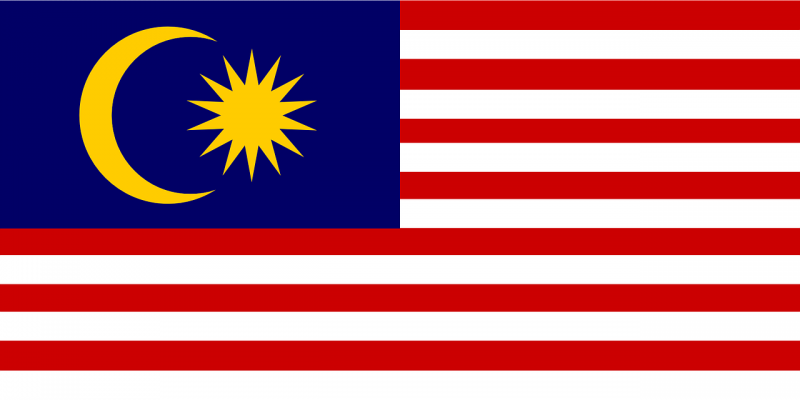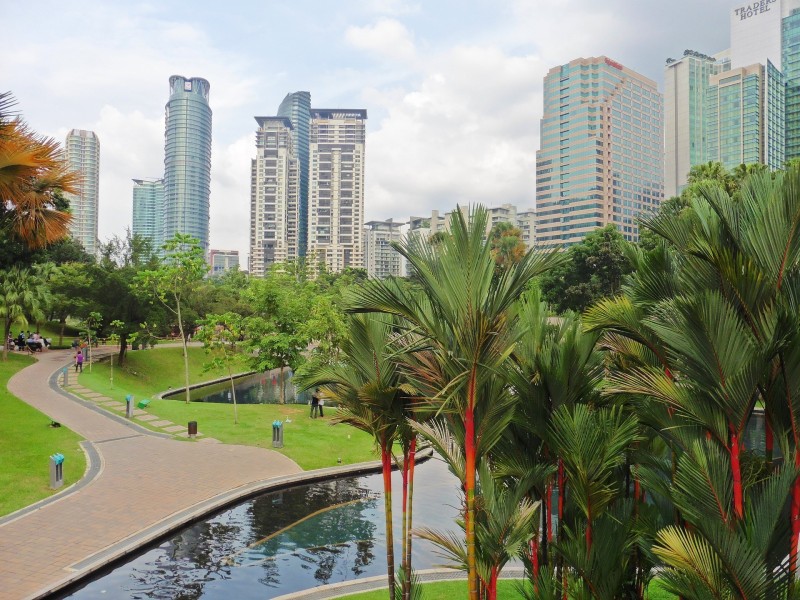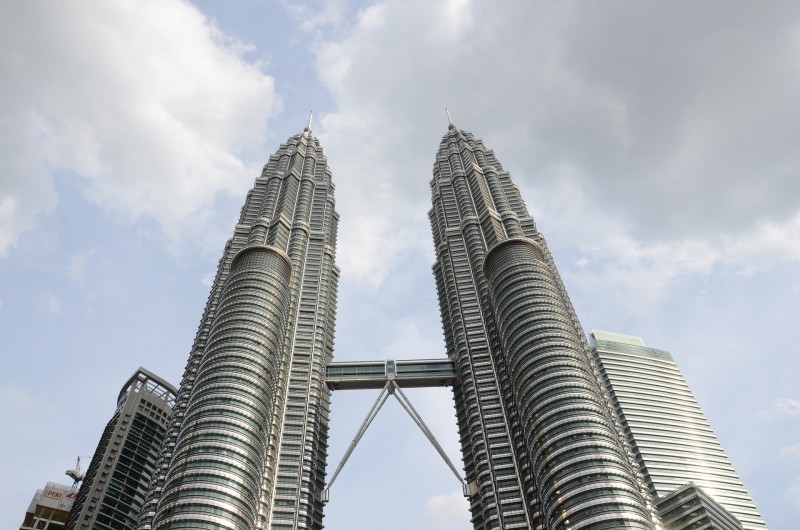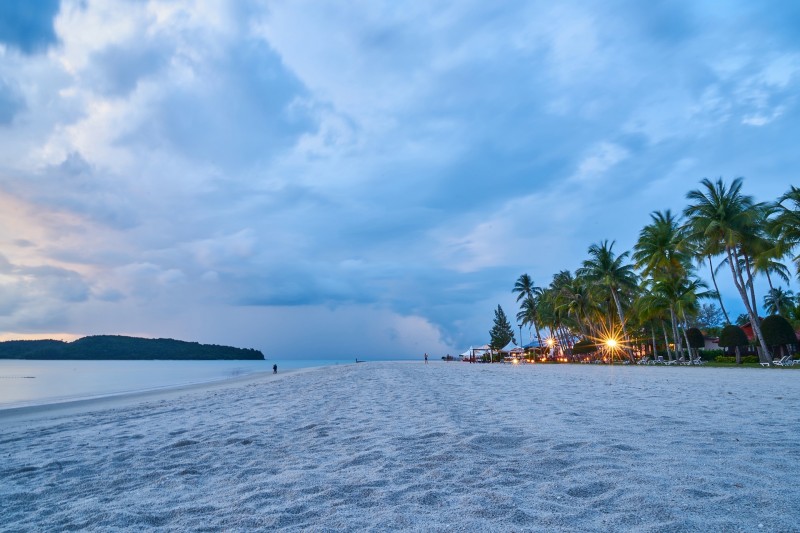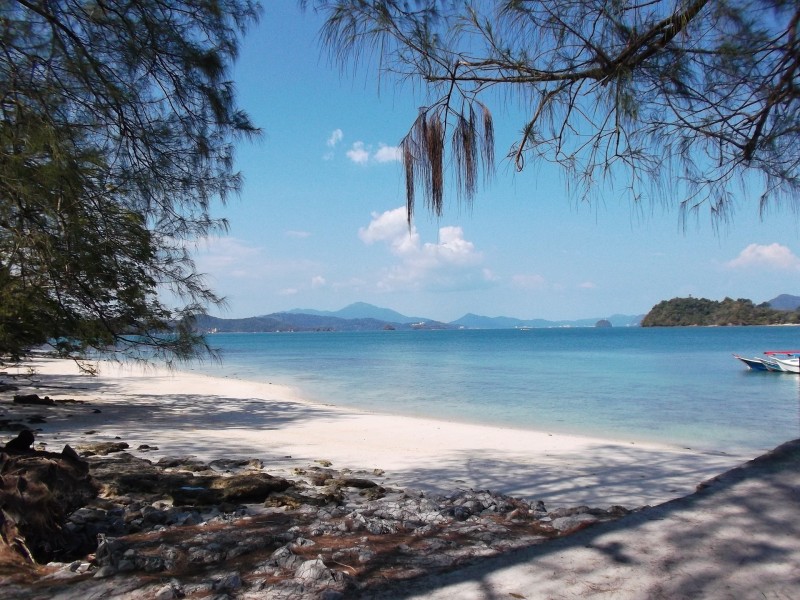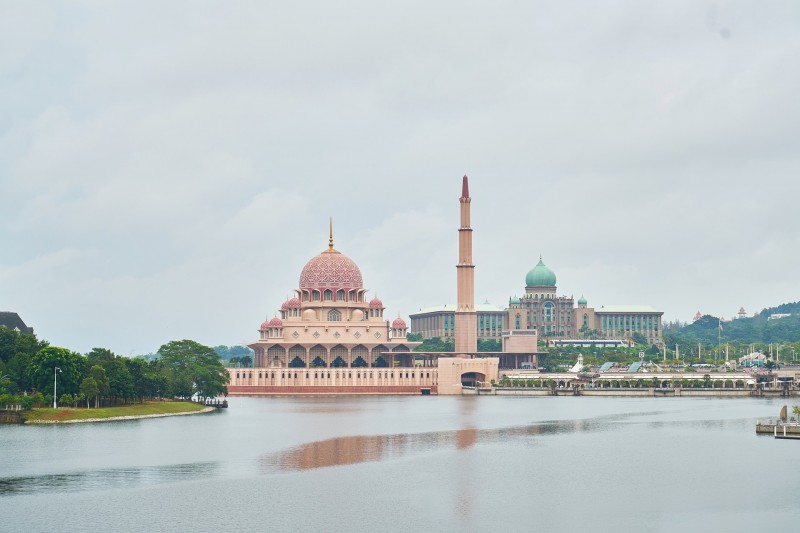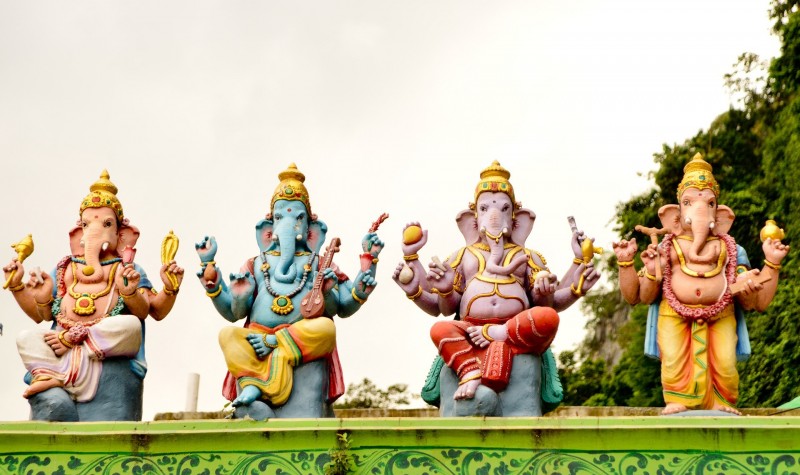Malaysia
Malaysia
Capital city description
Kuala Lumpur is sometimes referred to as the 'Heart of Malaysia.' located in Selangor State in the central west of Peninsular Malaysia. Kuala Lumpur is one of the federal territories in the country and the royal capital of Malaysia. The words
Kuala Lumpur means 'Muddy Confluence.' because it was founded near the rivers Klang and Gombak intersect. Over the years, Kuala Lumpur grew into an extensive Asian city. People from all areas within Malaysia come to Kuala Lumpur to find jobs or do business. Tourists love the city as it has various incredible sights and attractions. Kuala Lumpur is the perfect destination for a short visit or stopover.
Climate
Malaysia is a tropical holiday destination, where temperatures vary between 25 and 35 degrees during the year. It is usually sweltering and humid, especially in the major cities. Often due to haze, warm air is trapped inside the cities, which results in hot temperatures. It is less desirable on the many islands surrounding Malaysia, mainly due to the cool breezes. It is also less warm in Malaysia's 'highlands, with temperatures that never exceed 25 degrees.
Languages spoken
Malaysia has three primary languages: Chinese, Tamil, and Malay; however, Malaysia has a sizeable Malay-speaking people. Bahasa Malaysia is the official name for the language. It is the country’s official language, and 80 percent of the population speaks it. Across the country, the language is mixed with ten distinct dialects.
Fun/Fascinating Facts
- Malaysia follows a bizarre rotating monarchy system, according to which nine ethnic Malay state rulers take turns to become the king for a term of five years.
- Borneo is the third-largest island in the world, after Greenland and New Guinea. Three countries share the island: the Independent Sultanate of Brunei, Indonesia, and Malaysia.
- The Penang Second Bridge, officially named the Sultan Abdul Halim Muadzam Shah Bridge, is Southeast Asia's longest bridge. It is 24 km long, with 16.9 km located above water—the bridge links Bandar Cassia in mainland Peninsular Malaysia and Batu Maung on Penang Island.
- The giant undivided leaf in the world, Alocasia macrorrhiza, comes from the Malaysian state of Sabah.
- The largest cave chamber globally, the Sarawak Cave Chamber, is located in Gunung Mulu National Park on Borneo Island.
Unique Customs/Traditions
- Malaysia has various musical tastes, from slow ballads, feisty folk and tribal numbers, rock-n-roll chartbusters, and the unique pop Yeh-yeh movement. Traditional Malay music relies primarily on percussion instruments, flues, and oboes and is played at celebrations, weddings, and religious rituals. Indian, Chinese, and Islamic music are also popular. New-age genres like hip hop, jazz, and rock thrive in the country – one can find a host of pubs and live music venues in the city to enjoy an evening of music.
- Malaysians place a significant emphasis on family and self-respect. Raising one’s voice and disputing in public are considered faux-pas, so do not escalate a fight into loud arguments.
- Malaysians place a significant emphasis on family and self-respect. Raising one’s voice and arguing in public are considered faux-pas, so do not escalate a fight into loud arguments.
- The children of a Malay household are strictly bound by custom to look upon their parents with respect and total obedience. Obeying Islamic practices, Malays would attend Friday (Jumaat) prayers at a nearby mosque around noon.
- A Malay woman does not leave the house for forty days after the birth of her child. At the end of this period, a ceremony called Berchukor is conducted where the child’s head is shaved.
- Malay weddings are a grand affair; the essential part of a Malay wedding is the Bersanding, where the couple is seated next to each other on a sofa called the Pelamin. Loved ones and guests sprinkle the couple with scented water and yellow rice. The guests are given a Bunga Telur, an ornamented egg adorned with a flower, as a sign of fertility.
Popular universities
| Name | Description | |
|---|---|---|
| Universiti Putra Malaysia | Universiti Putra Malaysia (UPM), formerly known as Universiti Pertanian Malaysia, was founded in 1971 through the Faculty of Agriculture, University Malaya, and Agriculture College in Serdang. The first three founder faculties were the Faculty of Agriculture, Faculty of Forestry, and Faculty of Veterinary Medicine and Animal Science. Universiti Putra Malaysia (UPM) offers courses and programs degrees such as pre-bachelor's degrees (i.e., certificates, diplomas, associate or foundation), bachelor's degrees, master's degrees, doctorate degrees in several areas of study. This institution also has branch campuses in the following locations: Bintulu, Sarawak. | |
| Universiti Sains Malaysia (USM) | Universiti Sains Malaysia (USM) is the second oldest university in Malaysia and one of the leading universities in the country. Its main thrust in the development of higher education is in the fields of Natural Sciences, Applied Sciences, Medical and Health Sciences, Pharmaceutical Sciences, Building Sciences & Technology, Social Sciences, Humanities, and Education. Universiti Sains Malaysia (USM) is also the premium Research Intensive University in the country. It has adopted an innovative approach to higher education, from the traditional faculty system to the broad-based school system. USM has 26 schools offering undergraduate and postgraduate education and research-based studies to local and international students, a university that champions sustainability issues. Another 17 Centres of Excellence (CoE) and 2 Higher Institution Centres of Excellence (HICoE) also offer research and innovation opportunities to prospective researchers and provide for the development, application, and dissemination of knowledge. USM has four campuses, with the main campus is located on the tropical island of Penang, just a few kilometers outside the World Heritage Site of George Town. The Health Campus in Kubang Kerian, situated in the east coast state of Kelantan, focuses on health and medical studies, while the Engineering Campus offers various engineering courses. The Advanced Medical and Dental Institute provides services and researches in Medical and Dental Sciences. | |
| Universiti Teknologi Malaysia | Universiti Teknologi Malaysia (University of Technology Malaysia) is a non-profit public higher education institution located in the suburban setting of the large city of Johor Bahru, Johor. Established in 1904, an engineering and technology-focused public institution, Universiti Teknologi Malaysia, has two main campuses: one in federal capital Kuala Lumpur and one in Johor Bahru, a city at the southern tip of the Malaysian mainland. It teaches undergraduate and postgraduate courses in various specializations; most are within the engineering and technology fields, but there are also faculties dedicated to sciences, biosciences and medical engineering, management, and human resources. | |
| Universiti Utara Malaysia | The Universiti Utara Malaysia (UUM) campus is situated in Sintok, 48 km to the north of Alor Star and 10 km to the east of Changlun, a small town located along the North-South Highway. The Universiti Utara Malaysia (UUM) has one of the most beautiful and modern campuses in the northern region. The RM580 million campus started its operations on 15 September 1990 and was officially declared open by His Royal Highness, the Royal Chancellor of UUM, on 17 February 2004. The main buildings, the Sultanah Bahiyah Library, the Sultan Badlishah Mosque, the Muadzam Shah Hall, the Tan Sri Othman Hall, the Sports Complex, the University Mall, the Students Residential Halls, and the University Inn. Universiti Utara Malaysia (UUM) offers bachelor's degrees, master's degrees, doctorate degrees in several areas of study. | |
| Universiti Kebangsaan Malaysia | Universiti Kebangsaan Malaysia (The National University of Malaysia) is a non-profit public higher education institution located in the suburban setting of the large town of Bangi Selangor. Established in 1970 and officially recognized by the Kementerian Pendidikan Tinggi (Ministry of Higher Education of Malaysia). Universiti Kebangsaan Malaysia (UKM) offers courses and programs leading to officially recognized higher education degrees such as pre-bachelor degrees (i.e., certificates, diplomas, associate or foundation), bachelor degrees, master degrees, doctorate degrees in several areas of study. This institution also has branch campuses in the following locations: Cheras, Kuala Lumpur. | |
| Universiti Malaya | Universiti Malaya (University of Malaya) is a non-profit public higher education institution located in the urban setting of the metropolis of Kuala Lumpur. Established in 1905 and officially recognized by the Kementerian Pendidikan Tinggi (Ministry of Higher Education of Malaysia), Universiti Malaya (UM) is a vast coeducational Malaysian higher education institution. Universiti Malaya (UM) offers courses and programs leading to officially recognized higher education degrees such as bachelor's degrees, master's degrees, doctorate degrees in several areas of study. | |
| Universiti Islam Antarabangsa Malaysia | Universiti Islam Antarabangsa Malaysia (International Islamic University Malaysia) is a non-profit public higher education institution located in the suburban setting of the metropolis of Kuala Lumpur. Established in 1983 and officially recognized by the Kementerian Pendidikan Tinggi (Ministry of Higher Education of Malaysia), Universiti Islam Antarabangsa Malaysia (IIUM) is a large coeducational Malaysian higher education institution formally affiliated with the Islamic religion. Universiti Islam Antarabangsa Malaysia (IIUM) offers courses and programs leading to officially recognized higher education degrees such as bachelor's degrees, master's degrees, doctorate degrees in several areas of study. This institution also has a branch campus in Gombak. | |
| Universiti Malaysia Sarawak | Universiti Malaysia Sarawak (University of Malaysia, Sarawak) is a non-profit public higher education institution located in the suburban setting of the small city of Kota Samarahan, Sarawak. Established in 1992 and officially recognized by the Kementerian Pendidikan Tinggi (Ministry of Higher Education of Malaysia), Universiti Malaysia Sarawak (UNIMAS) is a medium-sized coeducational Malaysian higher education institution. Universiti Malaysia Sarawak (UNIMAS) offers bachelor's degrees, master's degrees, doctorate degrees in several areas of study. | |
| Universiti Malaysia Sarawak | Universiti Malaysia Sarawak (University of Malaysia, Sarawak) is a non-profit public higher education institution located in the suburban setting of the small city of Kota Samarahan Sarawak. Established in 1992 and officially recognized by the Kementerian Pendidikan Tinggi (Ministry of Higher Education of Malaysia), Universiti Malaysia Sarawak (UNIMAS) is a medium-sized coeducational Malaysian higher education institution. Universiti Malaysia Sarawak (UNIMAS) offers bachelor's degrees, master's degrees, doctorate degrees in several areas of study. | |
| Universiti Tunku Abdul Rahman | Universiti Tunku Abdul Rahman (Tunku Abdul Rahman University) is a non-profit private higher education institution located in the urban setting of the medium city of Kajang, Selangor. Established in 2002 and Officially recognized by the Kementerian Pendidikan Tinggi (Ministry of Higher Education of Malaysia), Universiti Tunku Abdul Rahman (UTAR) is a large coeducational Malaysian higher education institution. Universiti Tunku Abdul Rahman (UTAR) offers courses and programs leading to officially recognized higher education degrees in several areas of study. This institution also has a branch campus in Kampar. | |
Festivals & Events
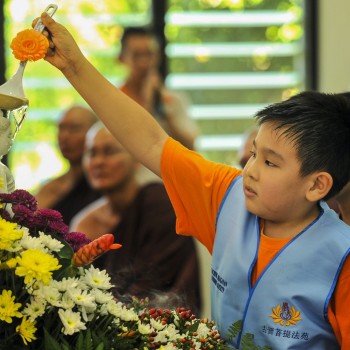
Wesak day
Date: May (full moon)
Wesak day is a famous festival in Malaysia. The Wesak celebration in Malaysia gives you a chance to witness this momentous event marking the three significant milestones in Budhha’s life – his birth, enlightenment, and nirvana. Buddhists across the country observe fasting to cleanse themselves and spend time meditating at the temples all day.
They also release doves and tortoises as a symbol of liberating the soul and absolving one’s past life sins. This pious festival is marked with almsgiving, spirituality, and positivity. Radiating with positivity, this is the most idyllic festival amidst all the Malaysian celebrations.

Chinese New Year
Date: February
Chinese New Year is celebrated throughout the country of Malaysia. One of Malaysia's most influential Chinese festivals is a grand cultural celebration that lasts 15 days, starting from the first day of the Chinese lunar calendar and ending with the Lantern Festival.
The festivities kick off with the reunion dinner on New Year's Eve and paying a visit to the temple to seek blessings from the God of Prosperity. It also involves fascinating traditions like handing out the 'ang pow' to children and giving away mandarin oranges for prosperity.

Sarawak Gawai Festival
Date: June
Sarawak Gawai Festival is celebrated by the indigenous Dayak's race of Sarawak, Malaysia's largest state; this Malaysia festival is one of the most significant harvest festivals in Malaysia that begins on 1st June and goes on for a whole month. In their traditional attire, the Dayak's indulge in a captivating ceremonial offering and welcome the New Year with gusto. Traditional dances, feasting, and free-flowing tuak (rice wine) add vigor and charm to the celebrations. The best place to witness the festivities in their full glory is a longhouse, the traditional Dayak home with over 40 families residing under the same roof!
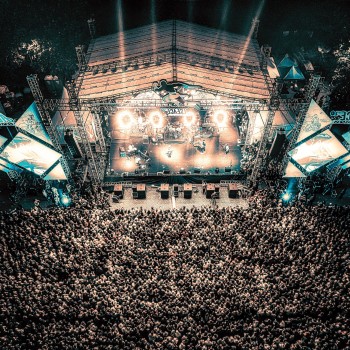
Rainforest Music Festival
Date: July
One of Malaysia's most sensational music festivals and the largest in Southeast Asia, Rainforest Music Festival is a heady mix of live performances by top-notch international artists, cultural experiences, and workshops.
Head to the Sarawak Cultural Village for an unforgettable 3-day musical extravaganza, one of the biggest festivals in Malaysia.
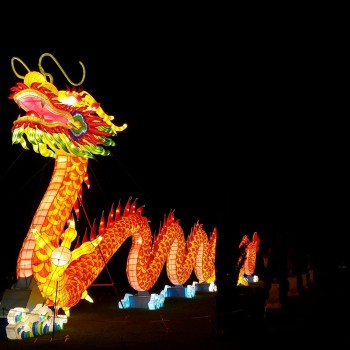
Mooncake Festival & Hungry Ghost Festival
Date: August / Septemter
A traditional Mooncake Festival also called the Lantern Festival or Mid-Autumn Festival, follows the ancient tradition of praising the moon goddess for a bountiful harvest. Picturesque lantern processions and delectable mooncakes dominate the celebrations, symbolizing unity within the community and family.
Preceding the mid-autumn festival is another unique celebration called the Hungry Ghost Festival. The spirits of the dead are appeased by food offerings and traditional puppet shows, making it one of the most cheerful festivities in Malaysia.
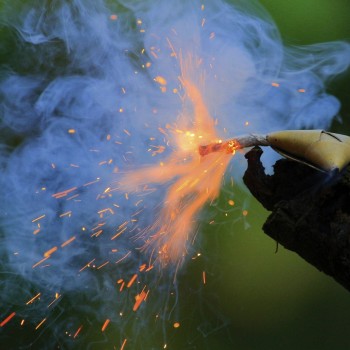
Deepavali
Date: November
Malaysia's diverse races and religions gather up in public spaces or malls to celebrate one of Malaysia's most prominent Hindu festivals with greetings and sweets. The Deepavali, commonly known as the 'Festival of Lights,' is celebrated in Malaysia with joy and liveliness, likewise the Diwali festival in India. It is one of the most prestigious festivals celebrated in Malaysia.

Dragon Boat Festival
Date: December
The Penang International Dragon Boat Festival, one of the most exciting festivals in Malaysia, is an annual event held at the Teluk Bahang dam near Georgetown. It’s thrilling to witness more than 40 competitors from Malaysia and worldwide participate in the race with their colorful traditional boats to the beats of the drums.
The Dragon Boat Festival is one of the most well-known Malaysia festivals and is a massive favorite amongst locals and tourists.
.png)
Hari Raya Aidil Fitri (Eid)
Date: June
Hari Raya Aidil Fitri is one of the most joyous festivals in Malaysia celebrated by Muslims across the country. The festival indicates the end of Ramadan, the holy month of abstinence and fasting. Hari Raya Aidil Fitri is marked with feasting and house visits and asking for forgiveness from friends and family members.
The fascinating part is the Open House, where Malaysians open their doors and shower warm cordiality on all guests, with traditional delicacies and desserts.
Attractions / Top Sights
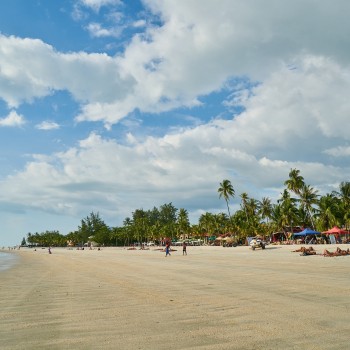
Langkawi Island
When to visit: December to March
When to visit: https://en.unesco.org/global-geoparks/langkawi
Malaysia’s best-known tourist destination, Langkawi, is a stunning archipelago of 99 islands in the Andaman Sea known for its enormous expanse of sandy beaches and azure blue water. The islands are a part of the state of Kedah, which is adjacent to the Thai border. The largest of the islands is the eponymous Pulau Langkawi, with about 65,000, the only other inhabited island being nearby Pulau Tuba.
The Langkawi Geopark is a UNESCO heritage site that lures countless visitors and is the top among the must-visit places in Malaysia. It is a perfect manifestation of the geological heritage in the area. It is one of the best places to visit in Malaysia with family.
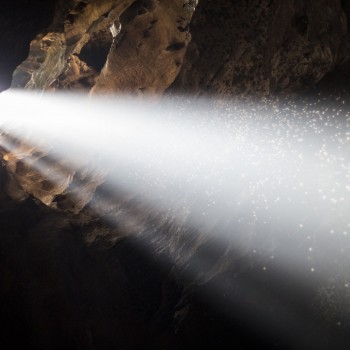
Mulu Caves
When to visit: February to March
When to visit: https://whc.unesco.org/en/list/1013/
The Mulu Caves are located in the Gunung Mulu National Park in Malaysian Borneo. The entire area is a UNESCO World Heritage Site and is one of Asia's most spectacular natural parks. It comprises incredible caves and karst formations in a mountainous equatorial rainforest setting.
The Sarawak chamber discovered in one of the underground caves is the largest cave chamber in the World. The enormous chamber could accommodate about 40 Boeing 747s without overlapping their wings. The massive colony of Wrinkle-lipped bats in the nearby Deer Cave exit almost every evening to hunt food in a magnificent exodus.
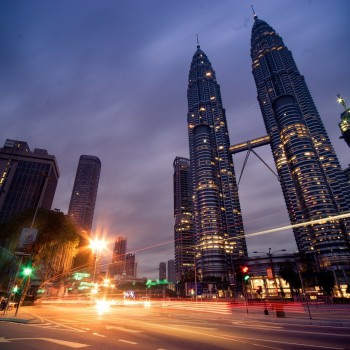
Petronas Twin Towers
When to visit: September to March
When to visit: https://www.facebook.com/petronastwintowersofficial
Petronas Twin Towers, located in Kuala Lumpur, is one of the tallest twin towers globally. Cesar Pelli, a famous architect, designed the building. The Petronas reach an impressive 452 meters high up into the clouds. The buildings are 88 floors tall and have an impressive total of 76 elevators. The towers are built using reinforced concrete, steel, and glass; a double sky bridge connects the two towers on the 41st and 42nd floors.
With over 300 stores, an art gallery, and space for a Philharmonic Hall, this retail and entertainment space will keep visitors occupied for hours.
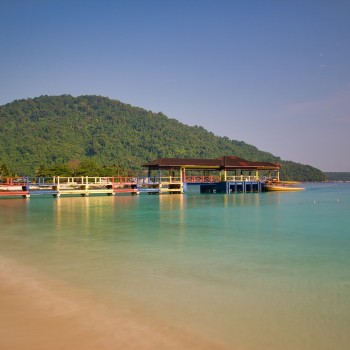
Perhentian Islands
When to visit: April to October
Perhentian Islands, located off the coast of northeastern Malaysia, not far from the Thai border, this group of small islands is part of a marine park. It has become a significant tourist destination in northeastern Malaysia. Most of the islands can be accessed by either ferry or small motorized boats.
However, only the two larger islands offer accommodations, shops, and amenities-of these two, Pulau Perhentian Besar has more of a backpacking scene. At the same time, Pulau Perhentian Kecil is a little more upscale and family-oriented.
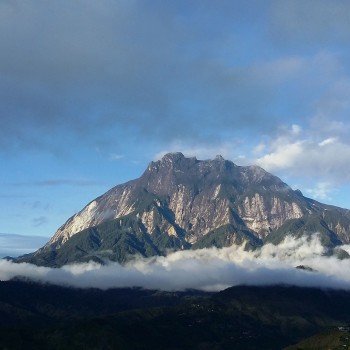
Mount Kinabalu
When to visit: February to April
When to visit: https://whc.unesco.org/en/list/1012
The tallest mountain of Borneo with a summit height of 4,095 meters (13,435 ft), Mount Kinabalu is a striking sight to behold. The mountain is distinguished worldwide for its enormous botanical and biological species biodiversity. Over 600 ferns, 326 birds, and 100 mammalian species have been identified at Mount Kinabalu.
It is pretty popular among people with adventurous bones; it is one of the best Malaysia visiting places to have a thrill oozing experience.
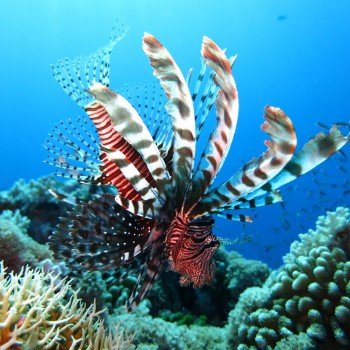
Sipadan Island
When to visit: February and March
Sipadan Island is part of the world's richest marine habitat in the Celebes Sea, home to endangered hawksbill turtles, whale sharks, and monitor lizards. The island is also considered one of the best diving destinations globally because of its rich marine life; more than 3000 species of fish and hundreds of coral species have been classified in this richest of ecosystems. The island also has lovely sandy beaches.
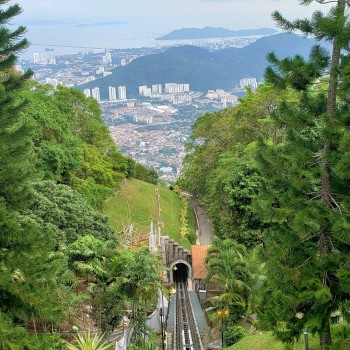
Penang
When to visit: November to January
When to visit: https://www.planetware.com/malaysia/top-rated-tourist-attractions-in-penang-mal-1-4.htm
Penang is situated on the northwestern coast of Peninsular Malaysia, one of the most exquisite Malaysian islands. Famous for its fascinating destination, the place offers its visitors so satisfying to explore. This city’s Wonderfood Museum, Fort Cornwallis, Reclining Buddha, Burmese Temple, and Waterfront Village are the best places to visit in Malaysia.
The top of Penang Hill presents beautiful green views over the city and is home to the Habitat Penang Hill, with a 1.6-kilometer nature trail cutting through the rain forest and several tropical gardens; a canopy walks 40 meters up in the sky; ziplines; and the Skyway, which offers three viewing decks and a 360-degree view of the bay and islands.
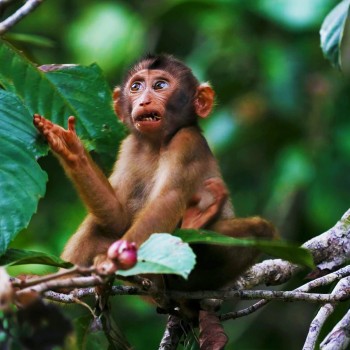
Sepilok Orangutan Rehabilitation Center
When to visit: Between March and October
When to visit: https://www.orangutan-appeal.org.uk/about-us/sepilok-orangutan-rehabilitation-centre
The Sepilok Orangutan Rehabilitation Center was established in 1964 to help orphaned orangutan babies rescued from the pet trade or saved from illegal hunting. The center's primary goal is that the orphaned orangutans are trained to survive again in the wild and are released as soon as they are ready. The Orang Utan sanctuary is located within the Kabili-Sepilok Forest Reserve, much of which is virgin rainforest. About 60 to 80 orangutans are living free in reserve. It is one of Sabah's top tourist attractions.
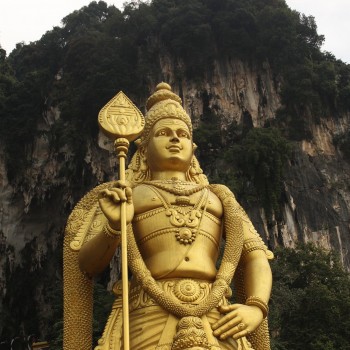
Batu Caves
When to visit: January or February (during the festival of Thaipusam )
The Batu Caves complex comprises three main caves and a series of smaller ones, making it the most popular Hindu shrine outside of India and attracting thousands of Thaipusam's worshippers, an annual Hindu festival. Most of them include statues and 100-year-old shrines dedicated to Hindu gods. Located outside Kuala Lumpur,
The main cave, known as Cathedral Cave, is at the top of a vast, colorful staircase-make it up the 272 steps with statues, altars, and lights. At the bottom of the stairs, a 43-meter-tall gold statue of Lord Murugan.
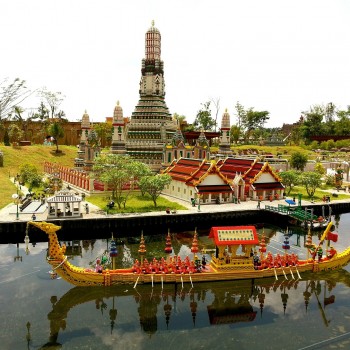
LEGOLAND® Malaysia Resort
When to visit: October to February
The LEGOLAND® Malaysia Resort is the first international theme park in Malaysia & the first LEGOLAND® theme park in Asia. Explore an area full of attractions that will completely dazzle you. It is a lovely place to visit in Malaysia with kids as they will love the multiple rides, shows, slides, and varied other attractions.
The waterpark has more than 20 tubes and slides and over 70 LEGO® models plus a unique underwater experience with more than 13,000 marine creatures from 11 habitat zones where you can even spot impressive LEGO® figures along the journey!















